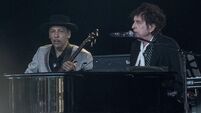10 scary movies for the grown-ups this Hallowe'en
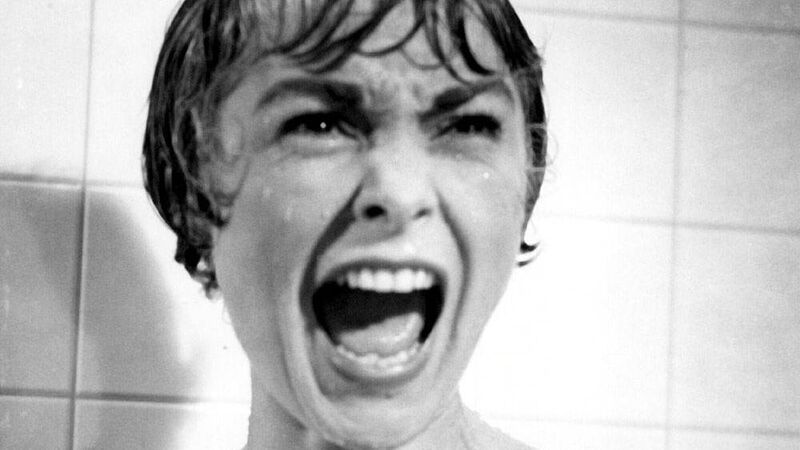
Psycho (1960)
At the outset of the medium’s existence, the potential for exploration of film’s outer limits was boundless. Restricted to visuals in lieu of an integrated soundtrack, the ‘silent’ era of film is renowned for its visual flair, and the seeds of the horror genre lie thusly, in , a German Expressionist piece that loosely adapted Bram Stoker’s Dracula for the new artform.
It’s a product of its time, and not in a good way, in some respects - antagonist Count Orlok’s appearance has been argued to be reflective of the anti-Semitism festering in Europe at the time, for an example, casting him as a curse-bearing ‘other’.
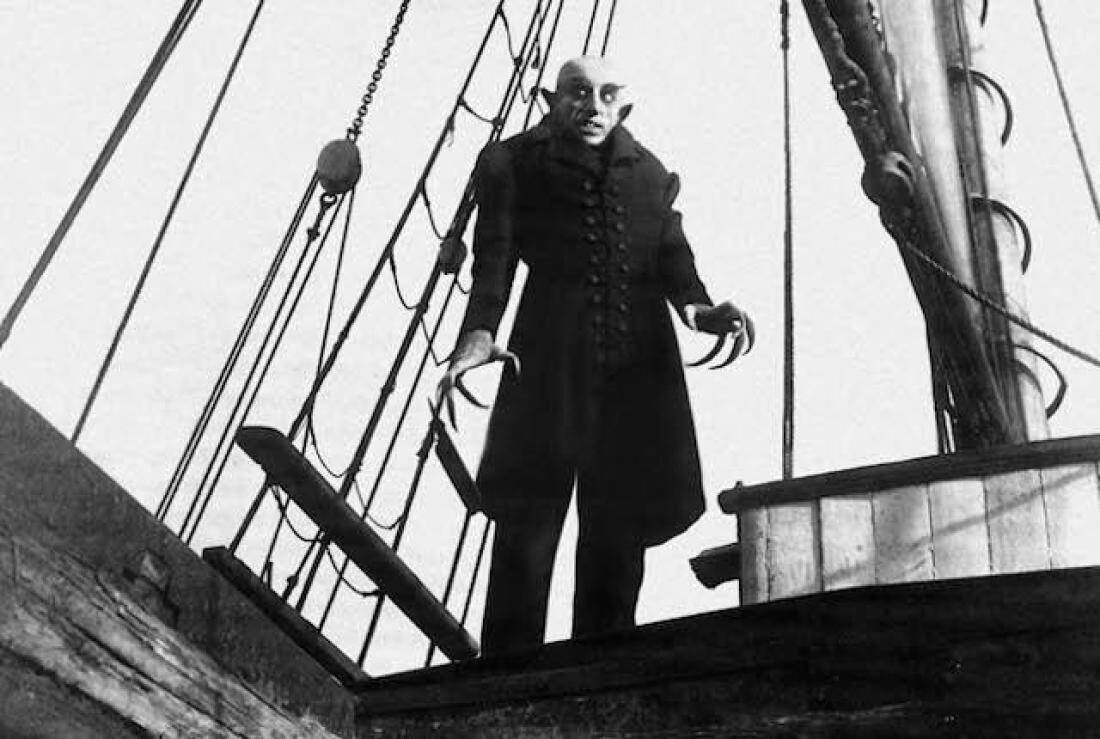
It did, however, help set the template for on-screen suspense, including the iconic shot of the villain’s silhouette as he ascends a staircase on the way to a feed.
After most prints of the film were destroyed by order of Stoker’s estate, the film garnered a cult renown, as surviving prints went on to be restored and have been made available in the public domain.
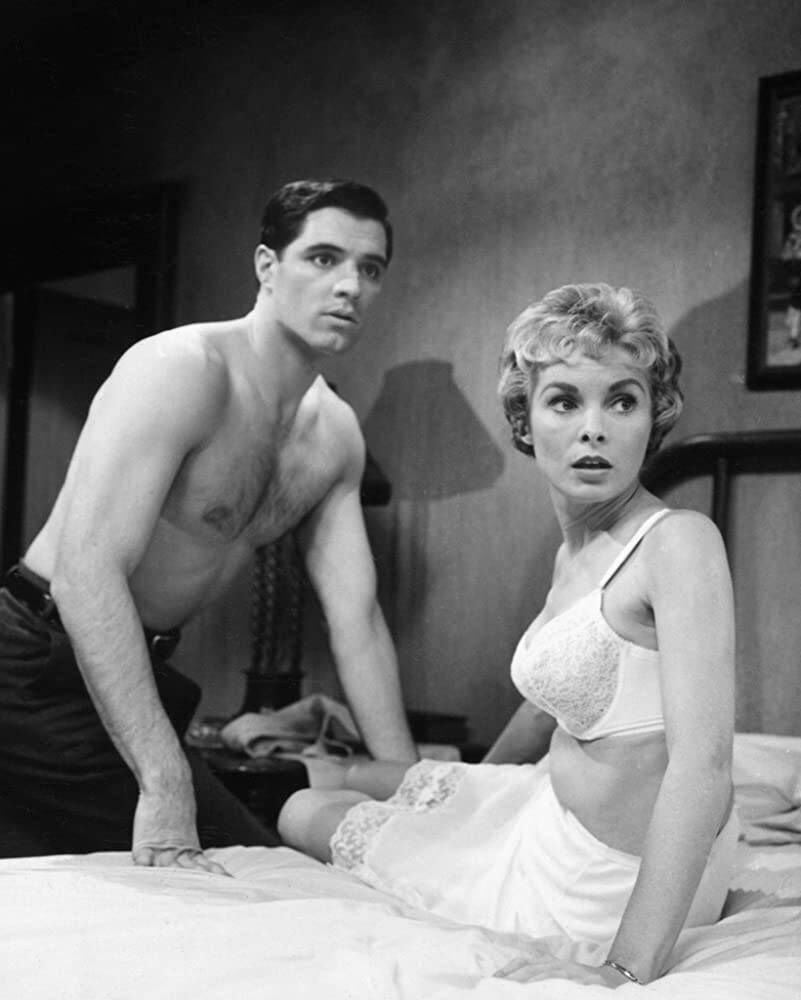
One of the finest films in a huge body of directorial work by master of suspense Alfred Hitchcock, occupies an esteemed place in the horror pantheon - it’s a study in scene-setting and tension.
It’s also the source of so many of the tropes that have defined horror as a cinematic genre - not the least of which is the film’s infamous shower scene.
The setpiece caused scandal at the time for its comparatively brutal on-screen depiction of murder, perforated with stabs of dischordant strings - a confrontation on Hitchcock’s part of a longstanding taboo.
Zombies had been a part of the horror maelstrom since the outset of spooky stories, another representation of the ‘other’ - in this case, the dead rising from the earth by way of curse or other unsettlement.
Produced independently by visionary director George Romero, takes the ex-alive and plants them square in unsuspecting Americana to devastating effect, as an army besieges a farmhouse in Western Pennsylvania, with seven of the living trapped inside.
Aside from being a cautionary tale in copyright, having lapsed into the public domain in Romero’s lifetime (the full movie is streaming in the player above, with all the caution that is advisable), the film itself was a milestone for the genre, breaking new ground and openly pushing the limits where once moment of horrors lay in implication.
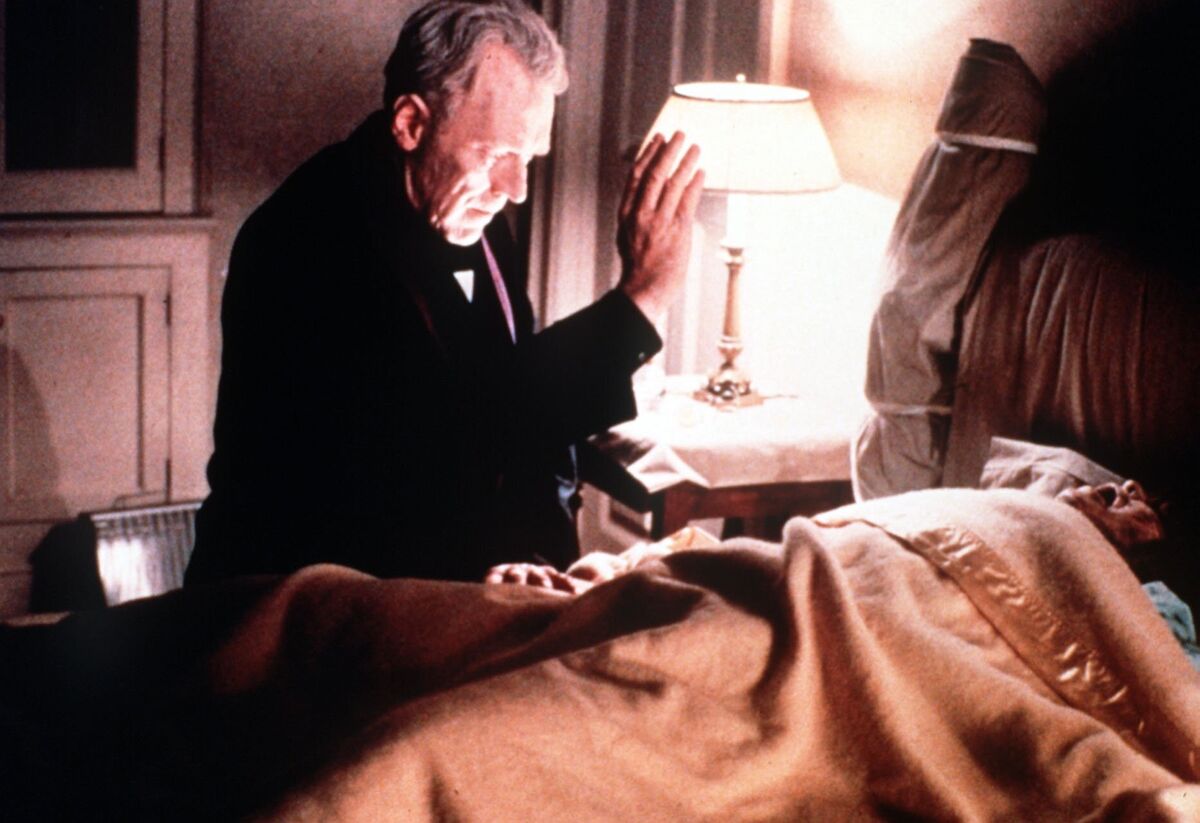
Horror would never be the same again after the cinematic release of , a perfectly-paced and egregiously graphic interpretation of William Peter Blatty’s bestselling novel.
While jump-scares, gore and other unsavoury imagery were of course long-running horror staples, the sheer visceral nature of the film - including a realistic depiction of a cerebral angiography - set off a long-standing moral panic that resulted in outright bans in jurisdictions worldwide, revisions of film censorship in several countries, and a decades-long delay before an eventual home video release.
It also had long-lasting social ramifications for the medium of film - its runaway box-office success in predominantly Black neighbourhoods in American cities put an effective end to mainstream support for Blaxploitation film, as studios quickly abandoned antiquated notions of their urban and ethnic audiences in its wake.
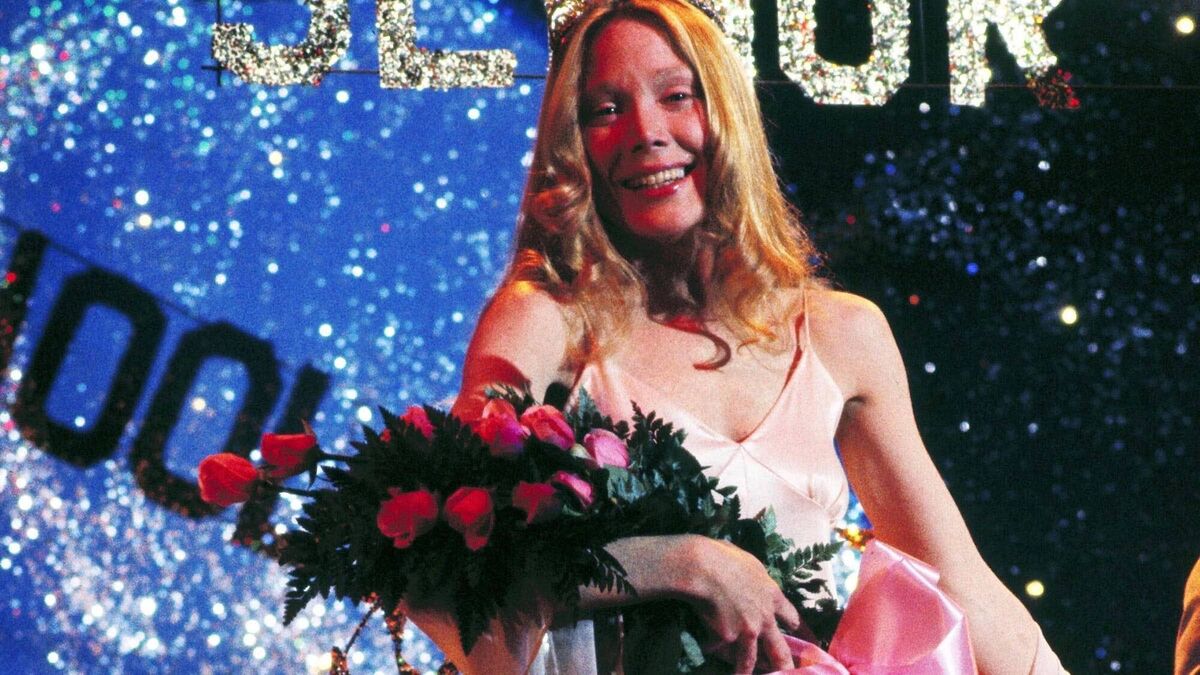
Adolescence is rough. Especially if you’re awkward at home, or you maybe don’t quite fit in with your peers at school. So when Carrie’s inexperience with the physical traumas of growing up make her the subject of bullying at school, and punishment at home by an overly religious mother, a bit of telekinesis is handy for an outlet...
Grossing over $38m at box office on a $1m budget, helped launch the career of Sissy Spacek, a grown adult auditioning for the part of a teenager at her husband’s encouragement, while John Travolta ranked among the supporting cast.
An adaptation of the debut novel by Stephen King, who received $2500 for the rights to his debut long-form excursion, helped redefine both the perception of youth in horror, and spoke to the power and fury of adolescent angst and tumult.
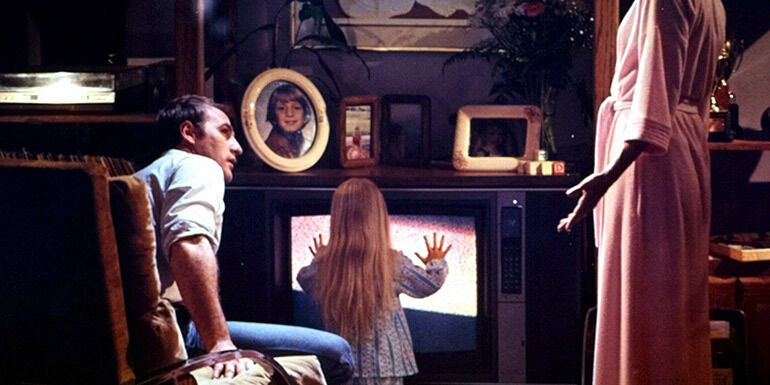
Conceived as a horror sequel to Steven Spielberg’s classic , eventually took on a life of its own as a collaboration with Tobe Hooper, director of itself widely regarded as the original ‘video nasty’.
Suburban bliss in a planned Californian community is upended for a typical family with 2.4 kids when strange things happen - a hand reaches out from the telly, silverware contorts and glass breaks. It isn’t until the limbs of the tree out the backyard grab at the family, and their young daughter is sucked into a portal, that the extent of the threat at hand is realised…
A creative and commercial success despite the debate of the extent of Spielberg’s involvement in its creation when supposedly otherwise occupied in a directorial capacity with , remains an enduring genre classic.
While Sarah Michelle Gellar’s post- efforts in an American remake of the series have left a mixed cinematic bag, there’s no half-measures or compromises in director Hideo Nakata’s epoch-making original.
The plot is familiar - an investigative journalist heads to rural Japan to investigate the horrific deaths of teenagers, faces contorted in fear after watching an apparently cursed videotape. When the reporter bears witness to the images herself, however, evading certain death becomes a race against time.
Released domestically in Japan and becoming a sleeper international hit on the then-emerging DVD format, and sequel became instant classics in the cult canon, popularising ‘J-horror’ for a generation.
We could have easily included here, directed by Sam Raimi and starring square-jawed superstar Bruce Campbell in a career-making performance, but a cult classic that sees Campbell display a keen self-awareness makes for a humourous alternative.
Elvis Presley isn’t dead, you see - he swapped places with an impersonator when fame got too much for him. The real King, however, has ended up in a nursing home, and thoughts of mortality and monotony are beginning to get to him.
Leave it to the emergence near the home of a mummy, lost from a touring exhibition, to liven things up - Elvis, accompanied by a fellow resident convinced that he’s JFK, sets about addressing the soul-sucking, suddenly cowboy-garbed creature in characteristically cool fashion.
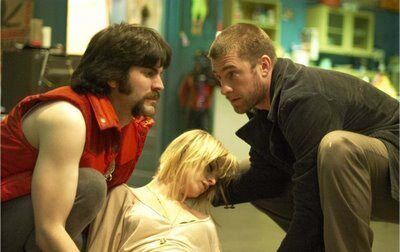
The late '90s and early 2000s saw the market saturated with teen-slasher horror and gory one-upmanship, as the stakes were raised with each passing box-office smash in the wake of the series. Trust the Irish indie film scene, then, to provide fertile ground for this idiosyncratic take on the subgenre.
Directed by Paddy Breathnach and following the fates of an American tourist and her friends as they experiment with the magic mushrooms in the nearby forest, riffs on numerous horror tropes while playing with viewers’ perspective.
Shot mostly in Rossmore Forest Park in Co. Monaghan, the film was received quite poorly, receiving an aggregate 22% rating on film review site Rotten Tomatoes, but remains a good once-off watch for a homegrown, none-too-serious take on the genre.
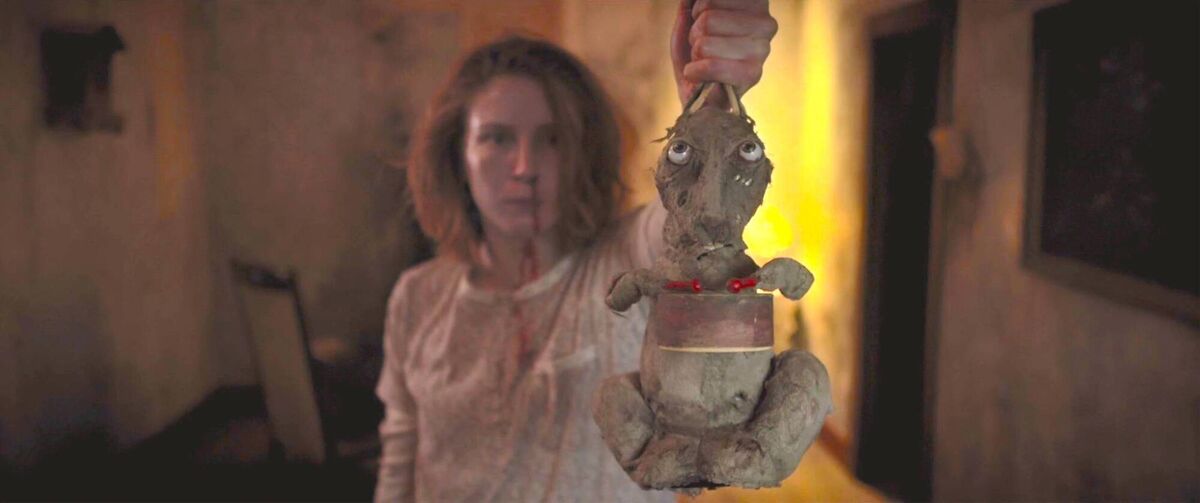
On the topic of Irish horror, it’s good to see Cork’s own horror specialist, director Damian McCarthy, make the transition to feature film with the debut at IndieCork Film Festival of , serving as the event’s opening in-person showing before the current wave of restrictions.
Sent to a house on a remote island to help care for his landlord’s niece, Olga, ’s protagonist Barrett finds himself contending with her frantic turns of mood, as well as his own isolation, but as his movements are restricted, and omens manifest themselves apace, it’s far from the only thing he’ll be contending with…
Well-received in reviews thus far, including in outlets like CineEuropa, it hopefully bodes well for a wider release for the film, shot almost entirely in Bantry and starring a number of Cork creatives.

